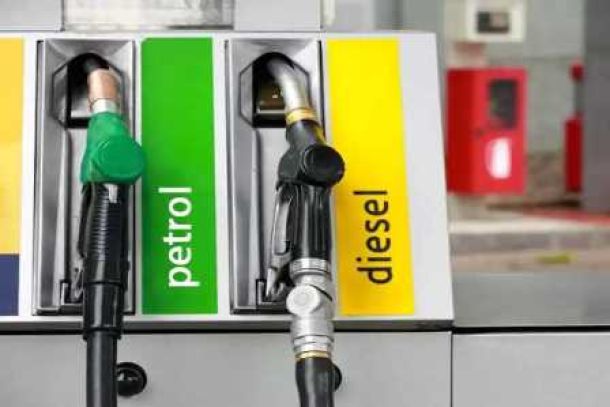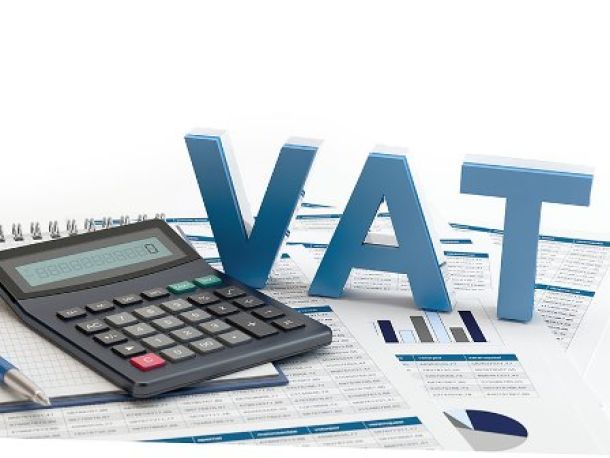Business rescue brings small results
Not more than 15% of companies placed under business rescue have emerged as operating entities, a University of Pretoria study has found.
Business rescue was introduced for the first time in the new Companies Act in 2011 and was intended to give financially distressed companies the opportunity to recover and to save jobs.
Since its introduction in May 2011 to the end of September this year, 1,911 business rescues had been initiated, acting commissioner of the Company and Intellectual Property Commission Rory Voller told Parliament’s trade and industry committee on Tuesday.
Another concern was the time it took for the termination of the business rescue process, which was intended to be speedy, he said. It took on average 17 months to conclude the process instead of the targeted six months. Time frames in the law had to be looked at again to see if they were feasible, but they also had to be enforced on business practitioners, he said.
"Businesses are staying in rescue for far too long," Mr Voller said. "Business rescue practitioners sometimes see liquidation as the easy way out rather than going the full route of trying to rescue the company."
It was problematic, he said, that the majority of practitioners considered a business rescue a success if it achieved a higher return for creditors than they would have received from a liquidation. This was by far the easier option.
There were also too few practitioners (about 271), most of whom were junior and poorly trained. The good ones were often overloaded with too many cases. The role of the practitioners is to develop a business-rescue plan that has to be adopted by all stakeholders.
University of Pretoria business management professor Marius Pretorius, who undertook the research on behalf of the commission, last year highlighted other weaknesses in the system. For example, there were "extremely high" levels of conflict between business-rescue practitioners and company directors.
Also, business rescue was not really affordable for small companies, especially when litigation is involved. One practitioner charged R180,000 a month and two years later, the firm was in liquidation.
There was also the issue of opposing interests. Practitioners, for example, were often optimistic about the reasonable prospect for rescue because they wanted the work, while banks, which had been closely involved in monitoring the company’s decline, tended to have a more negative view.
There needed to be some factual measure to determine reasonable prospect, Prof Pretorius said.
Companies tended to wait too long and by the time they decided on business rescue it was too late.
Also problematic was financing after the commencement of the business-rescue process. This finance is essential for the success of the corporate reorganisation, but banks are reluctant to provide funds, especially because of the lack of integrity about the data.
News Category
- International retailers
- On the move
- Awards and achievements
- Legislation
- Wine and liquor
- Africa
- Going green
- Supplier news
- Research tools
- Retailer trading results
- Supply chain
- Innovation and technology
- Economic factors
- Crime and security
- Store Openings
- Marketing and Promotions
- Social Responsibility
- Brand Press Office
Related Articles

Empowering South African households through gro...

SPAR shares practical tips to beat food inflation

South African motorists could be paying up to R...

Big VAT changes on the cards


